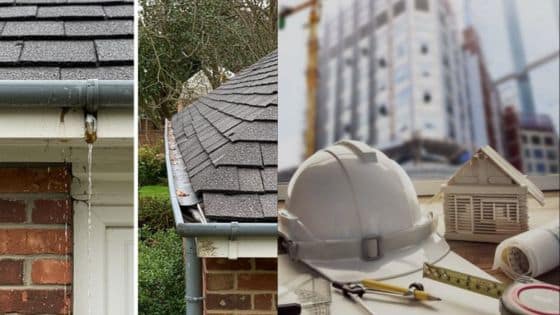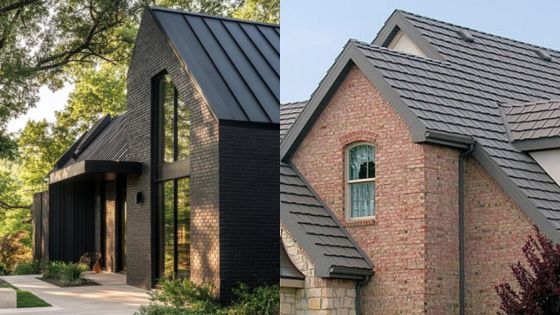Buying a home is a major milestone in life. It’s not just about finding a place to live; it’s an investment in your future. Whether you’re purchasing your first home or upgrading to a new one, planning is crucial to making informed financial decisions. In this guide, we’ll break down an essential checklist to help you navigate the financial aspects of buying a home, ensuring you’re fully prepared for this necessary purchase.
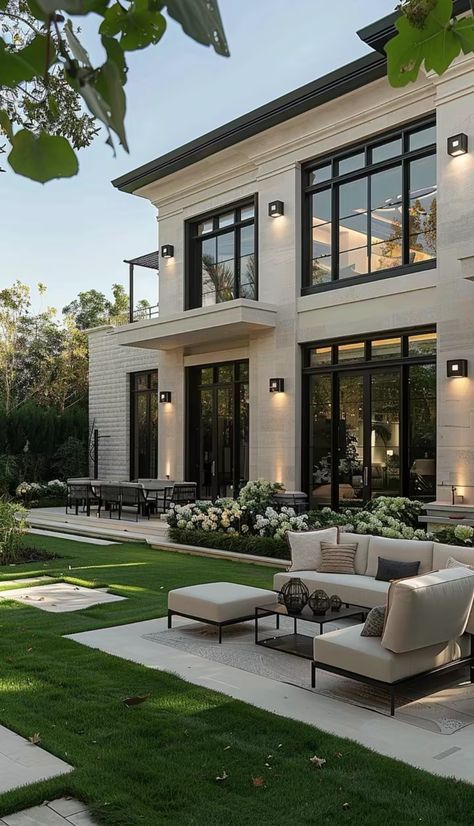

Understanding Your Budget
Before you begin looking at homes, it’s essential to understand your budget. Knowing how much you can afford will help narrow down your options and prevent you from wasting time on properties that are out of reach.
Assess Your Income and Expenses
Start by taking a clear look at your income and monthly expenses. This will give you a sense of what you can comfortably afford in terms of monthly mortgage payments, property taxes, insurance, and maintenance costs. Also, ensure that you factor in unexpected costs, such as repairs, renovations, or upgrades.
It’s a good rule of thumb that your monthly mortgage payment should not exceed 28% to 30% of your gross monthly income. Keeping this in mind, you can calculate the home price that fits your budget.
Determine Additional Costs
Buying a home comes with more than just the purchase price. Closing costs, home inspection fees, property taxes, and homeowners association (HOA) fees are all things to consider. These can add up quickly, so having a buffer for these expenses is important when setting your budget.

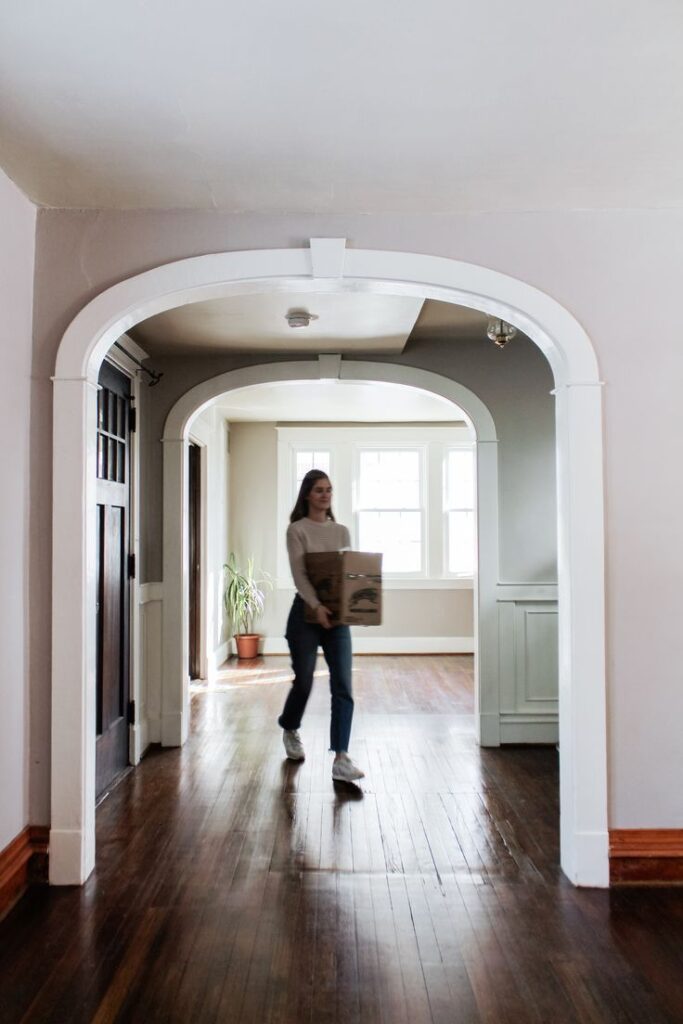
Mortgage Options: Choosing the Right One
Once you have a clear budget, the next step is to determine how you will finance your new home. Mortgages are the most common way to finance a home purchase, and several types are available.
Fixed-Rate vs. Adjustable-Rate Mortgages
Fixed-rate mortgages (FRMs) offer the security of consistent monthly payments for the life of the loan. On the other hand, adjustable-rate mortgages (ARMs) have interest rates that can change over time, usually after an initial fixed-rate period.
If you’re planning to stay in your home long-term, a fixed-rate mortgage might be the safer choice. However, if you expect to move in the next 5 to 7 years, an ARM could offer lower initial payments.
Government-Backed Loans
If you’re a first-time homebuyer or have a less-than-perfect credit score, government-backed loans, such as FHA loans, could be a good option. These loans typically require lower down payments and may have more lenient eligibility criteria.
Understanding Mortgage Calculations
It’s important to understand how your mortgage payments are structured. Mortgage payments consist of the loan principal and interest, with a portion of your monthly payment going toward property taxes and insurance. You can use a mortgage payment calculator with interest to estimate how much you will owe each month and determine if the payment fits within your budget.
In addition to monthly payments, consider the total interest over the life of the loan. For example, a 30-year mortgage may seem affordable at first glance, but the total interest paid over the life of the loan can be substantial. Be sure to factor this into your long-term financial plans.
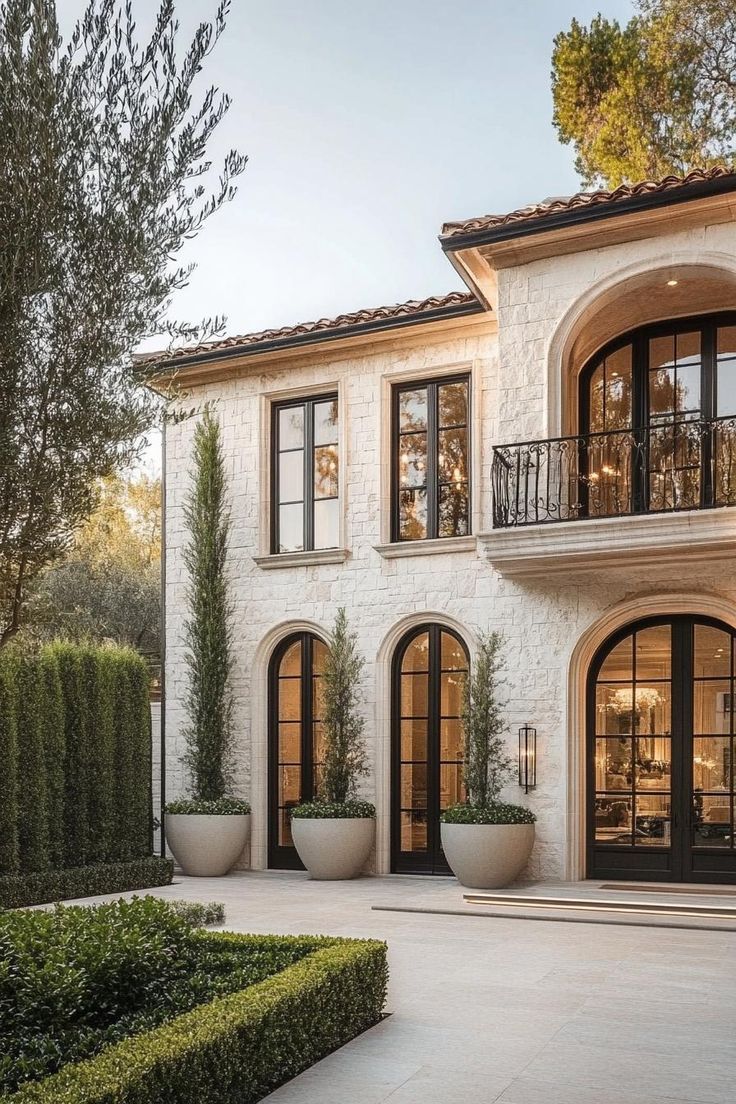
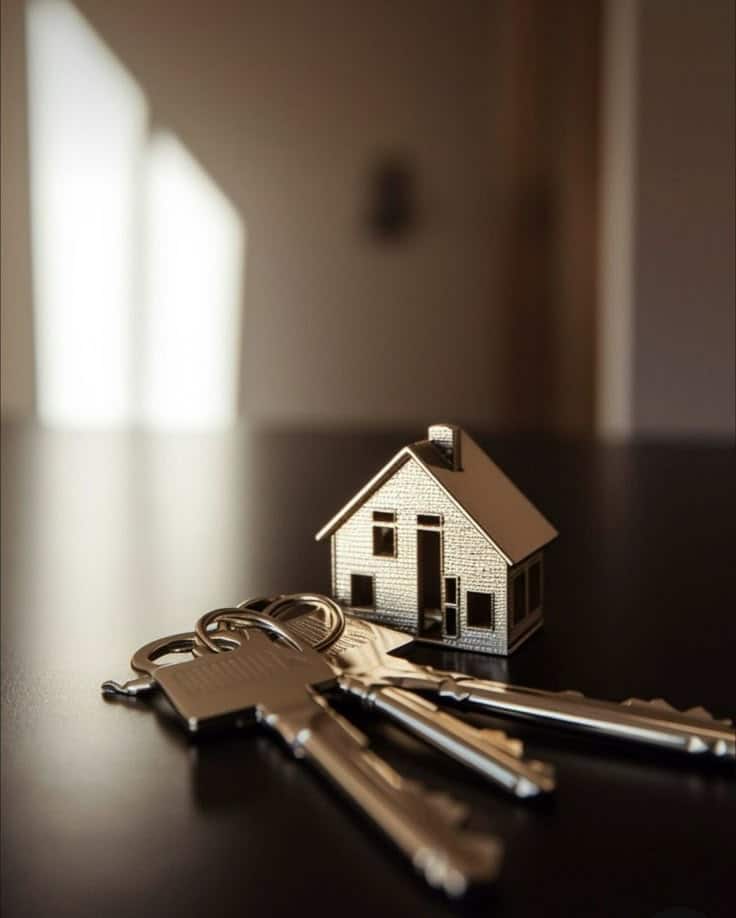
Down Payment and Savings Strategy
One of the most significant upfront costs when buying a home is the down payment. While 20% is typically recommended to avoid private mortgage insurance (PMI), many first-time buyers opt for a lower down payment. Understanding how much you need to save is critical for making an informed decision.
Saving for a Down Payment
Start by setting a target savings amount. You can use online calculators to help you determine how much you need for a down payment based on the price of the home you’re interested in. It’s wise to start saving as early as possible, and consider setting up a dedicated savings account to make it easier to track your progress.
Other Ways to Save
If a 20% down payment isn’t feasible, look into down payment assistance programs that may be available in your area. Many local and state government programs offer assistance to first-time homebuyers. Also, consider exploring loans with lower down payment requirements, such as FHA or VA loans.

Credit Score and Financial Health
Your credit score plays a significant role in determining the interest rate you’ll receive on your mortgage. A higher score means a lower rate, which can save you thousands of dollars over the life of your loan. It’s essential to evaluate your credit score before applying for a mortgage and take steps to improve it if necessary.
Reviewing Your Credit Report
Before applying for a mortgage, review your credit report for any errors or discrepancies. If you find inaccuracies, dispute them with the credit bureau. Additionally, make sure your credit utilization ratio is low and that you’ve paid off any outstanding debts.
Improving Your Credit Score
If your credit score is less than stellar, there are steps you can take to improve it before applying for a mortgage. Pay down outstanding balances, avoid opening new credit accounts, and ensure all bills are paid on time. Improving your score by just a few points can significantly impact your mortgage rate.


Preparing for Closing Costs
Closing costs can surprise first-time homebuyers, so it’s important to plan ahead. These costs typically range from 2% to 5% of the home’s purchase price. Understanding these costs will help you avoid any last-minute financial stress.
What’s Included in Closing Costs?
Closing costs include fees for things like the home appraisal, title insurance, inspection fees, and lender fees. It’s also important to budget for your first year of homeowners insurance and any necessary repairs or updates to the home.
Negotiating Closing Costs
In some cases, the seller may be willing to cover part of the closing costs, particularly in a buyer’s market. Be sure to ask your real estate agent about negotiating this aspect of the deal.

Planning for Homeownership Long-Term
Buying a home is not just a short-term commitment. It’s essential to consider the long-term financial implications of homeownership. In addition to your mortgage payment, remember to budget for ongoing maintenance, property taxes, and any future renovations you may want to make.
Emergency Fund for Homeowners
Owning a home comes with unexpected expenses, such as repairs to plumbing, roofing, or appliances. Having an emergency fund dedicated to these potential issues will help prevent financial strain in the future.
Planning for Future Expenses
As your family grows, your financial situation may change. It’s essential to plan for future expenses, such as upgrading to a larger home or funding your children’s education. By making sound financial decisions now, you’ll be in a better position to handle life’s financial challenges down the road.
Conclusion
Investing in your future home requires thoughtful planning and a clear understanding of your financial situation. From budgeting and choosing the right mortgage to saving for a down payment and understanding long-term costs, each step in the process plays a crucial role in securing a successful home purchase. By following this essential financial checklist, you’ll be equipped to make informed decisions and set yourself up for success in homeownership.
- 0shares
- Facebook0
- Pinterest0
- Twitter0
- Reddit0








